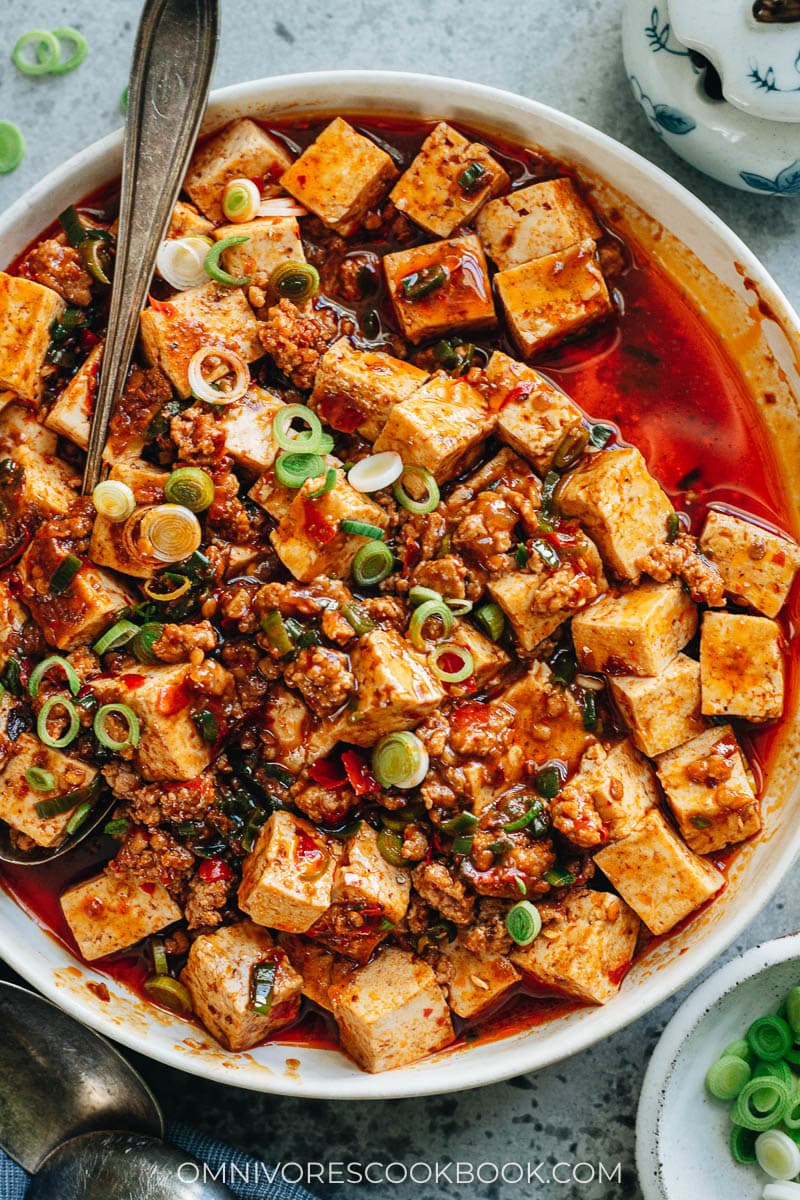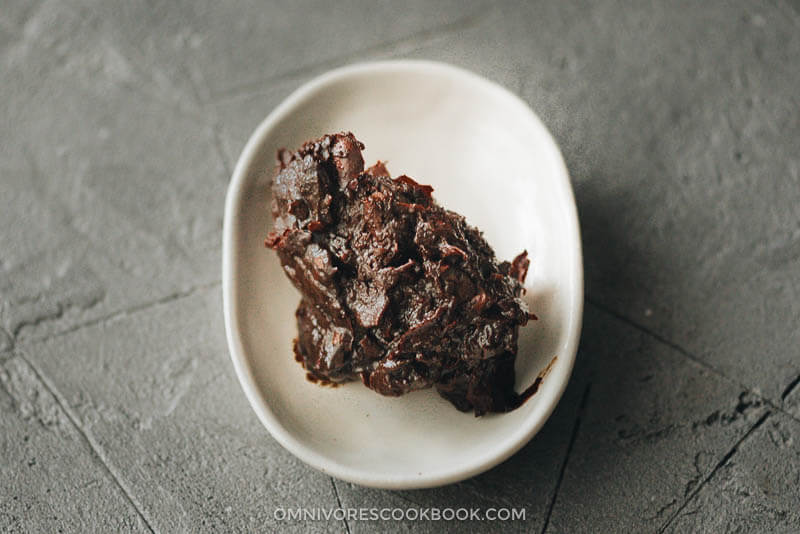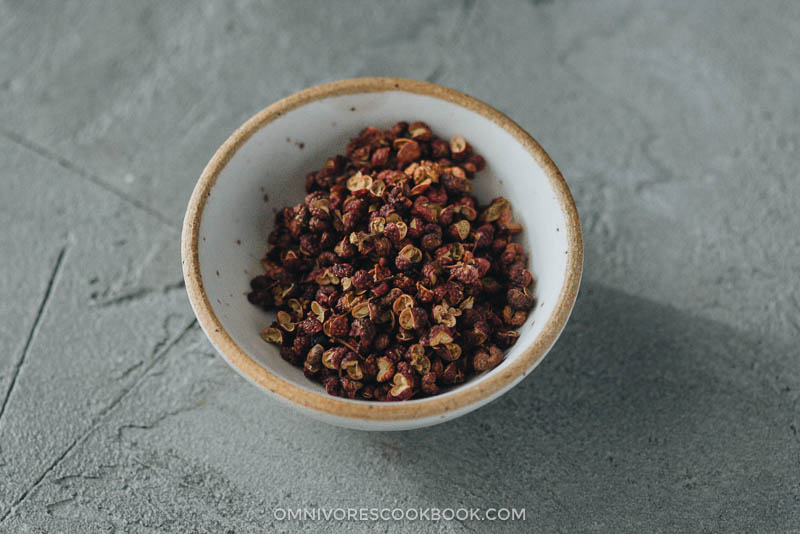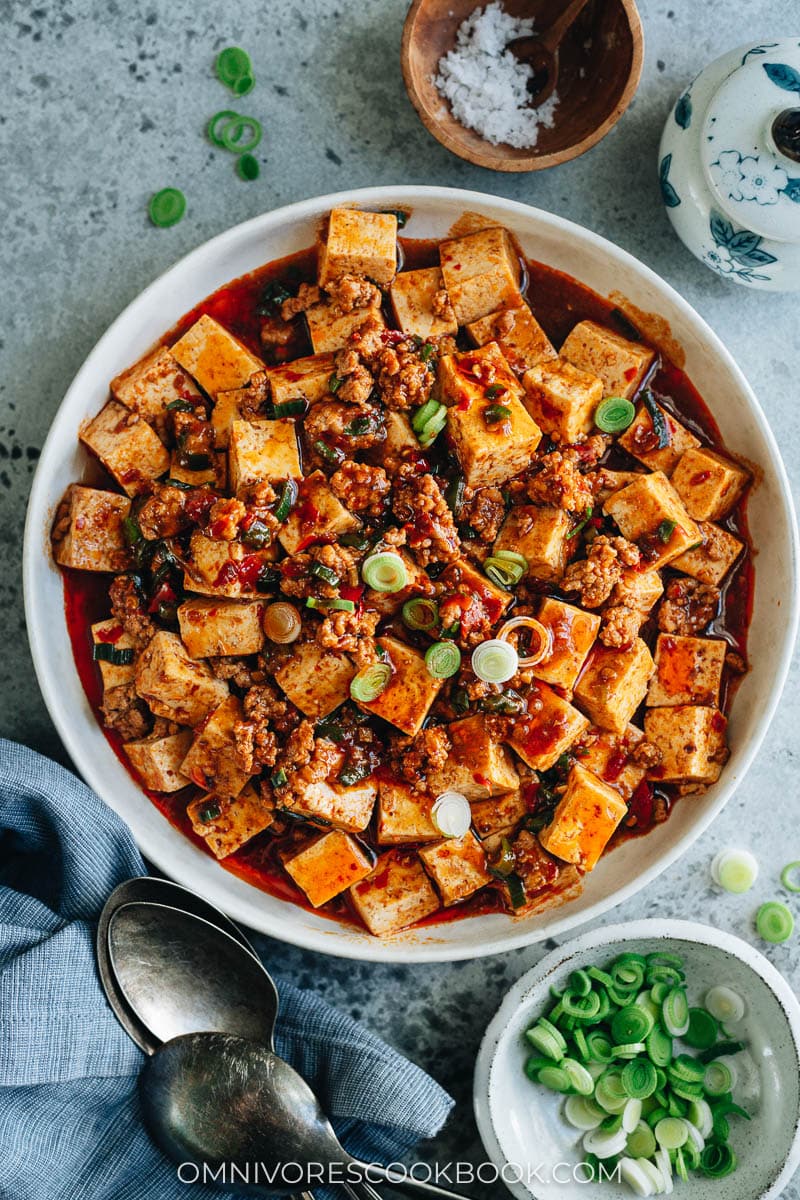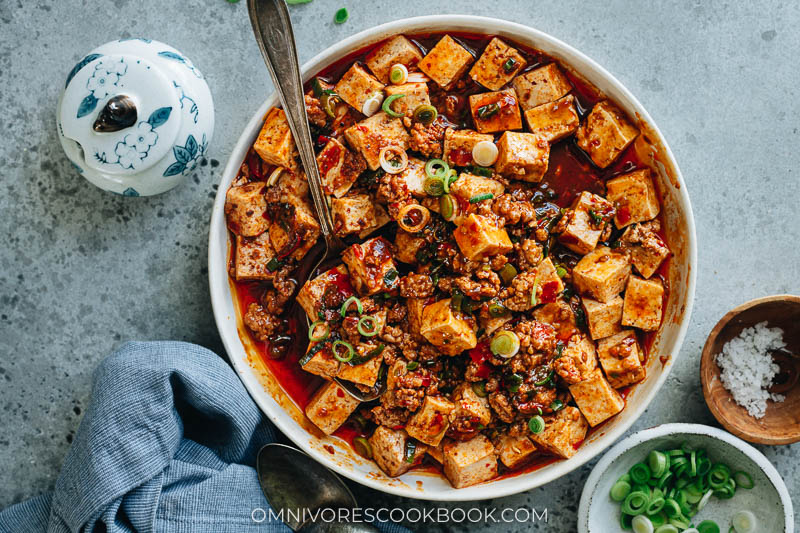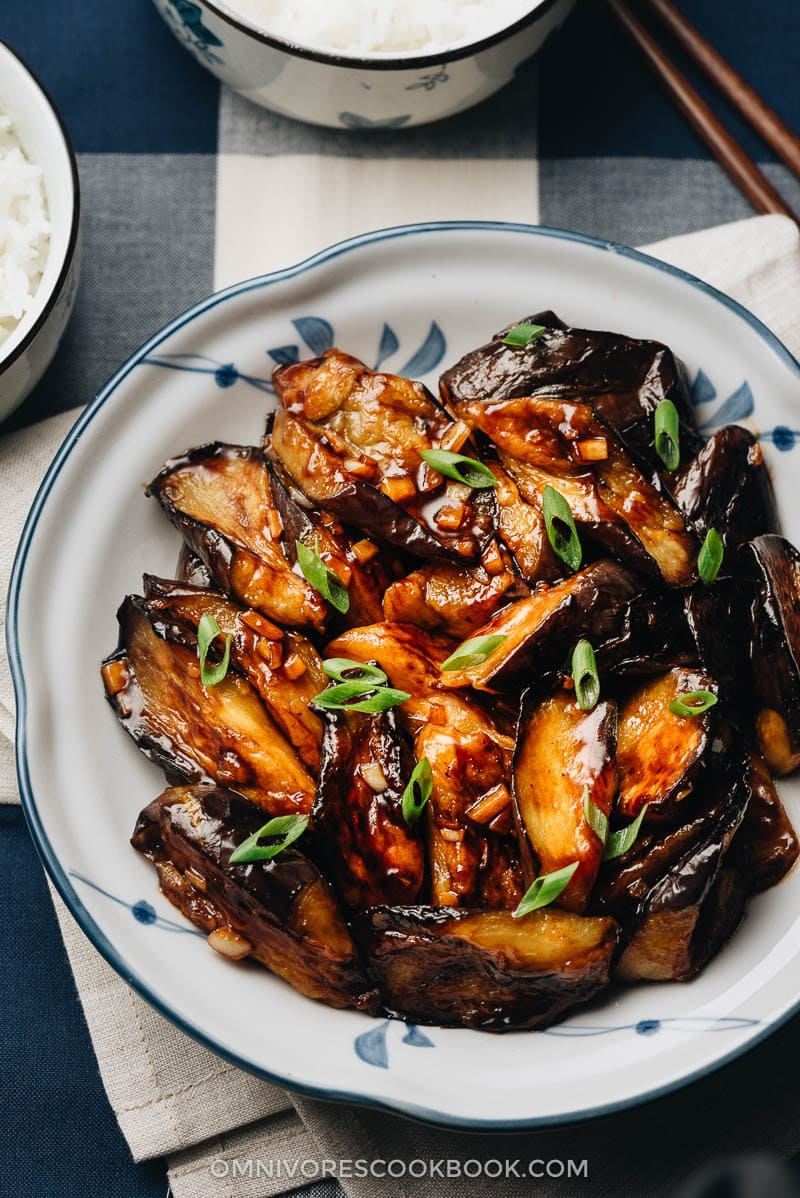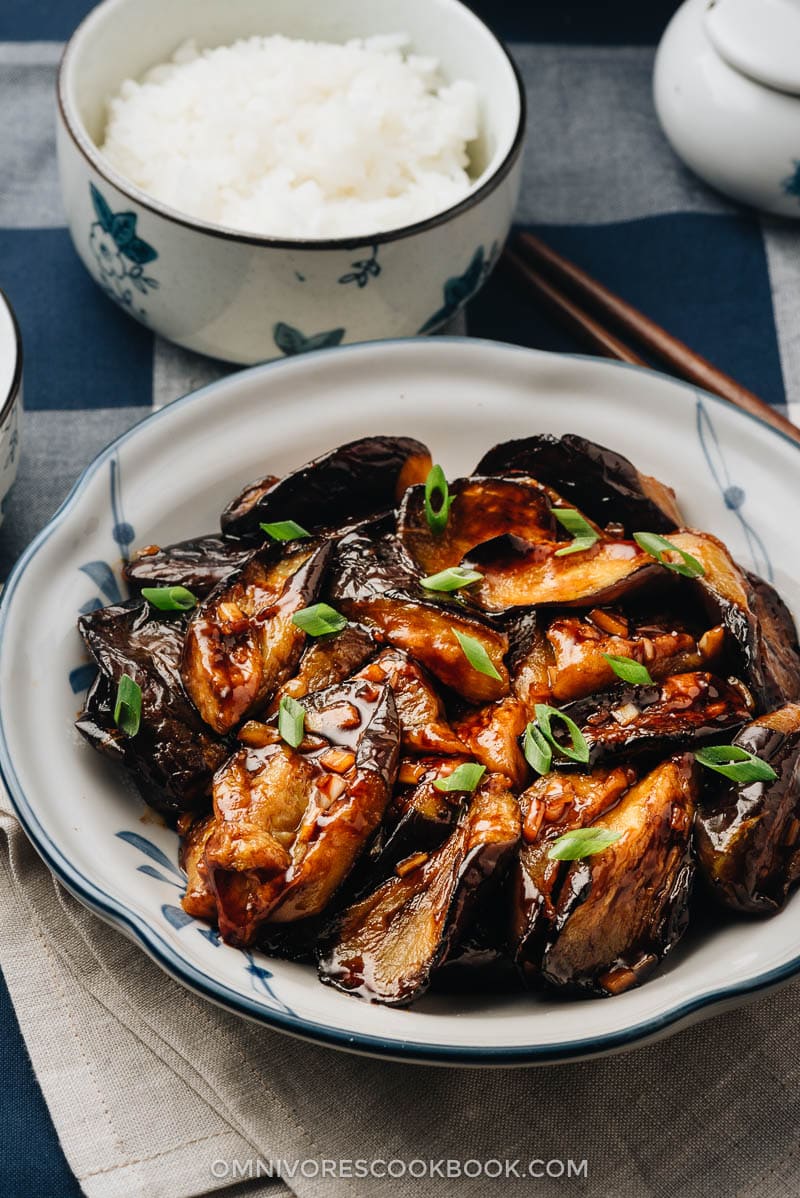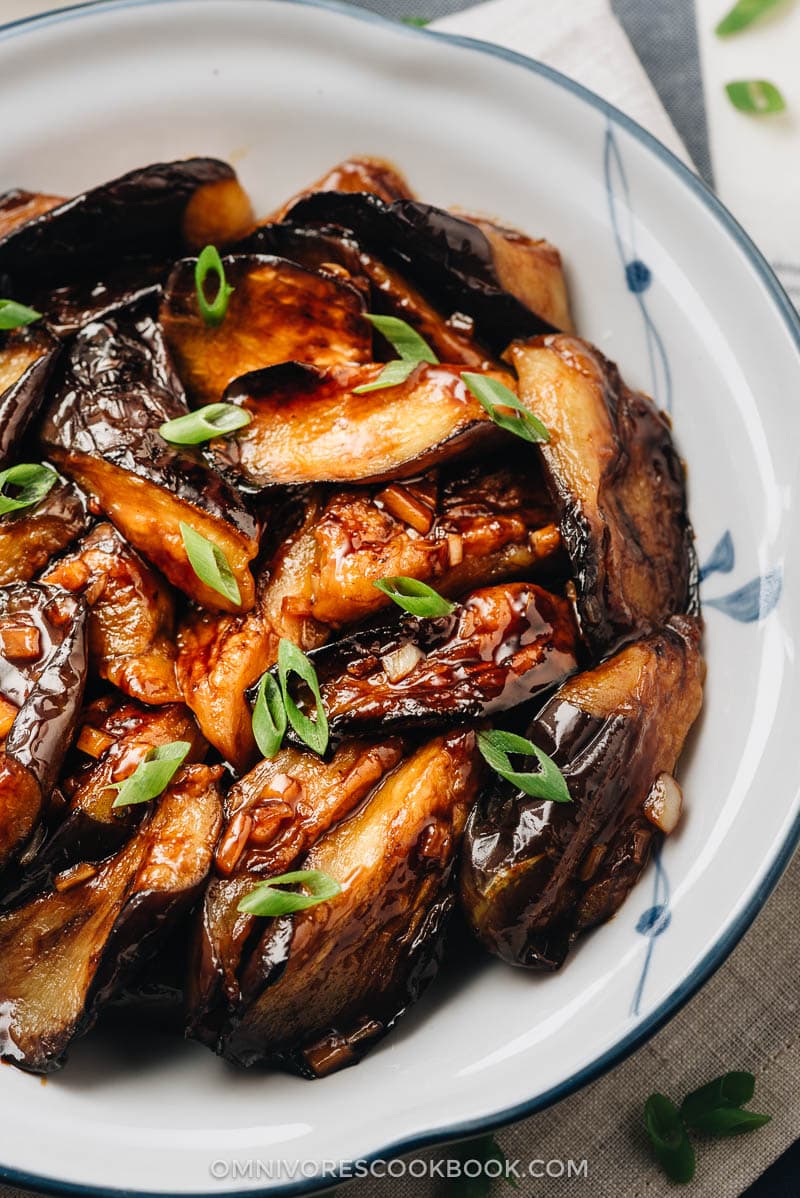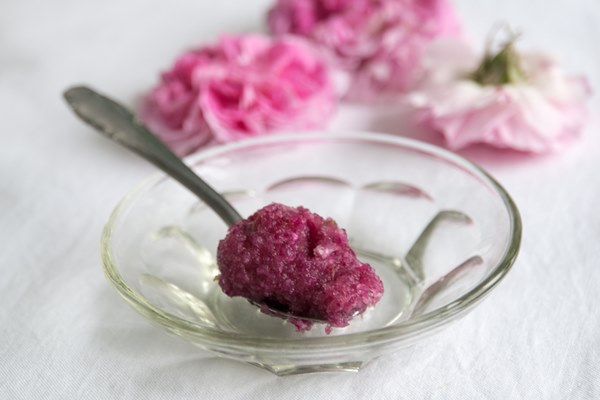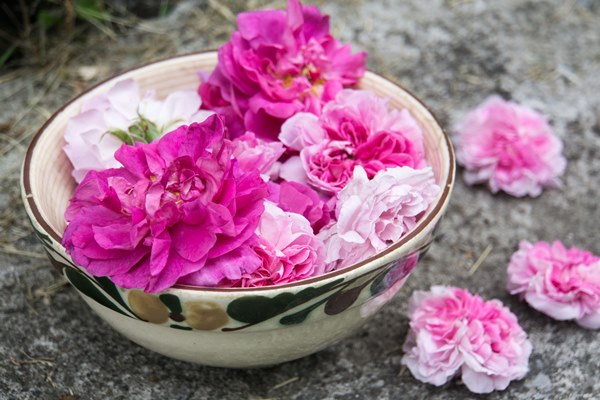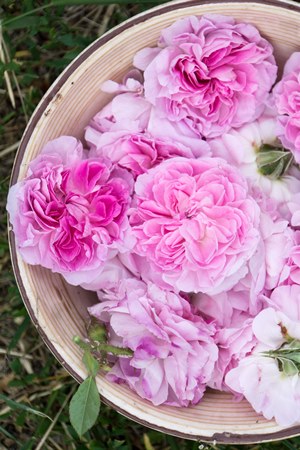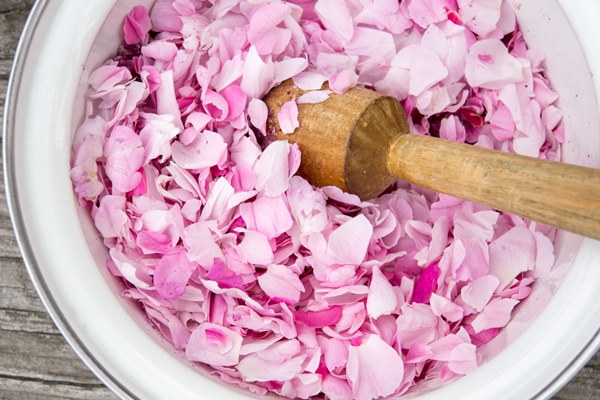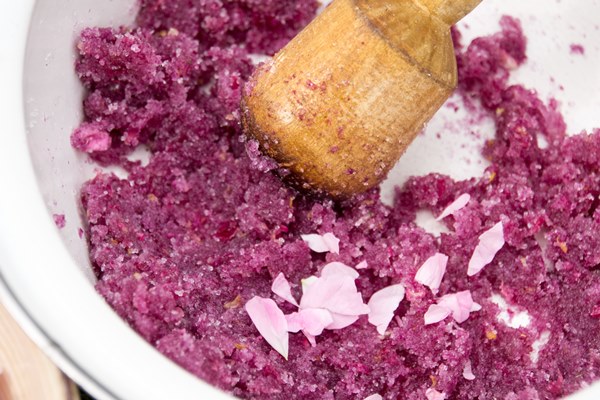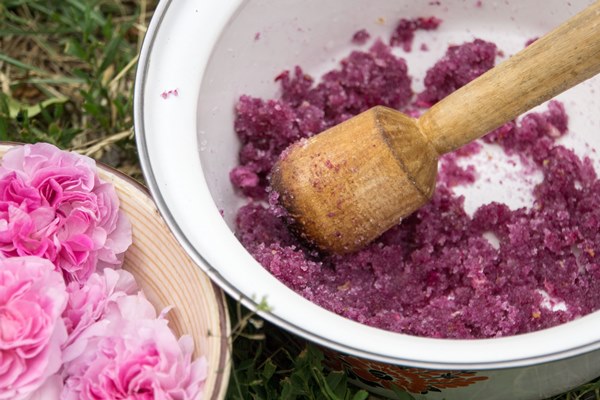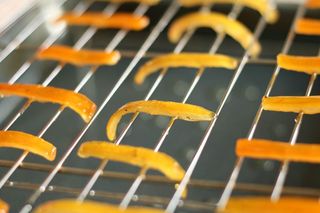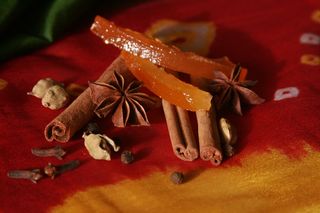Gourmet’s Best Gingerbread Cookies
Monday, December 12, 2022
Active Time
50 minutes (not including decorating)
Total Time
2 hours 15 minutes
Is there anything more comforting at the holidays than curling up by the fire with a gingerbread cookie and a warm cup of tea? (Laughing with family and friends around a plate of decorated sugar cookies runs a close second.) Whether you want to make gingerbread people, snowflakes, candy canes, ornaments—or even skeletons for Halloween—this Gourmet classic should be your go-to.
For this old-fashioned gingerbread cookie recipe, you’ll boil the spices with molasses and brown sugar to bloom their flavor. Then you’ll make the cookie dough right in the saucepan by adding in baking soda, cold butter (to bring down the temperature of the mixture), an egg, and the dry ingredients. There’s no baking powder here, which means your gingerbread men will keep their shape. If your dough feels too soft to work with easily, you can refrigerate it for 30 minutes to an hour; alternatively, if you want to make the cookie dough ahead of time, refrigerate it up to three days ahead and let it sit out at room temperature for 20 to 30 minutes to soften before rolling.
The cook time on these cutout cookies will vary depending on the size cutters you use, so keep a close eye on them. To mitigate burning, line your cookie sheets with parchment paper.
The decorating icing in this recipe is optional, but it’s a great upgrade from plain powdered sugar glaze. It’s a variation of royal icing that incorporates lemon juice, vanilla extract, and powdered egg whites, the last of which helps to stabilize the icing and gives it a polished, matte appearance when dry.
Editor’s note: This recipe makes a soft gingerbread cookie with a slightly crispy exterior. For a cookie with more crunch, look to these gingersnaps. Or, if you love chewy gingerbread, consider making these spiced brownies. Is a gingerbread house more your style? We dare you to try your hand at this cardamom-spiced Mid-Century masterpiece.
Ingredients
Makes about 4 dozen cookies
Gingerbread cookies:
Decorating icing and assembly:
Gingerbread cookies:
Step 1
Bring molasses, brown sugar, and spices to a boil in a 4- to 5-quart heavy saucepan over moderate heat, stirring occasionally, and remove from heat. Stir in baking soda (mixture will foam up), then stir in butter 3 to 4 pieces at a time, letting each addition melt before adding next, until all butter is melted. Add egg and stir until combined, then stir in 3¾ cups flour and salt.
Step 2
Preheat oven to 325°F.
Step 3
Transfer dough to a lightly floured surface and knead, dusting with as much of remaining ¼ cup flour as needed to prevent sticking, until soft and easy to handle, 30 seconds to 1 minute. Divide dough in half, then wrap one half in plastic wrap and keep at room temperature.
Step 4
Roll out remaining dough into a 14-inch round (⅛-inch thick) on a lightly floured surface. Cut out as many cookies as possible with cutters and carefully transfer with offset spatula to 2 buttered large baking sheets, arranging them about 1 inch apart.
Step 5
Bake cookies in upper and lower thirds of oven, switching position of sheets halfway through baking, until edges are slightly darker, 10 to 12 minutes total (watch carefully toward end of baking; cookies can burn easily). Transfer cookies to wire racks to cool completely. Make more cookies with remaining dough and scraps (reroll once).
Decorating icing and assembly:
Step 6
Beat together the powdered sugar, powdered egg whites, lemon juice, vanilla extract, and ⅓ cup water in a large bowl with an electric mixer at moderate speed until just combined, about 1 minute. Increase speed to high and beat icing, scraping down side of bowl occasionally, until it holds stiff peaks, about 3 minutes in a standing mixer or 4 to 5 minutes with a handheld.
Note: If you plan to spread (rather than pipe) icing on cookies, stir in more water, 1 teaspoon at a time, to thin to desired consistency.
Step 7
If using food coloring, transfer ¼ cup icing to a small bowl for each color and tint to desired shade. Spoon icing into a pastry bag (if using), pressing out excess air, and snip a ⅛-inch opening in corner of bag. Twisting bag firmly just above icing, decoratively pipe icing onto cookies. Decorate with sprinkles, sanding sugar, and dragées, if using. Let icing dry completely (about 1 hour) before storing cookies.
Do ahead: Gingerbread cookies keep in an airtight container at room temperature 3 weeks.
Editor's note: This recipe was originally printed in the December 2002 issue of ‘Gourmet’ as Gingerbread Snowflakes and first appeared online in August 2004. Head this way for more of our best Christmas cookies →

